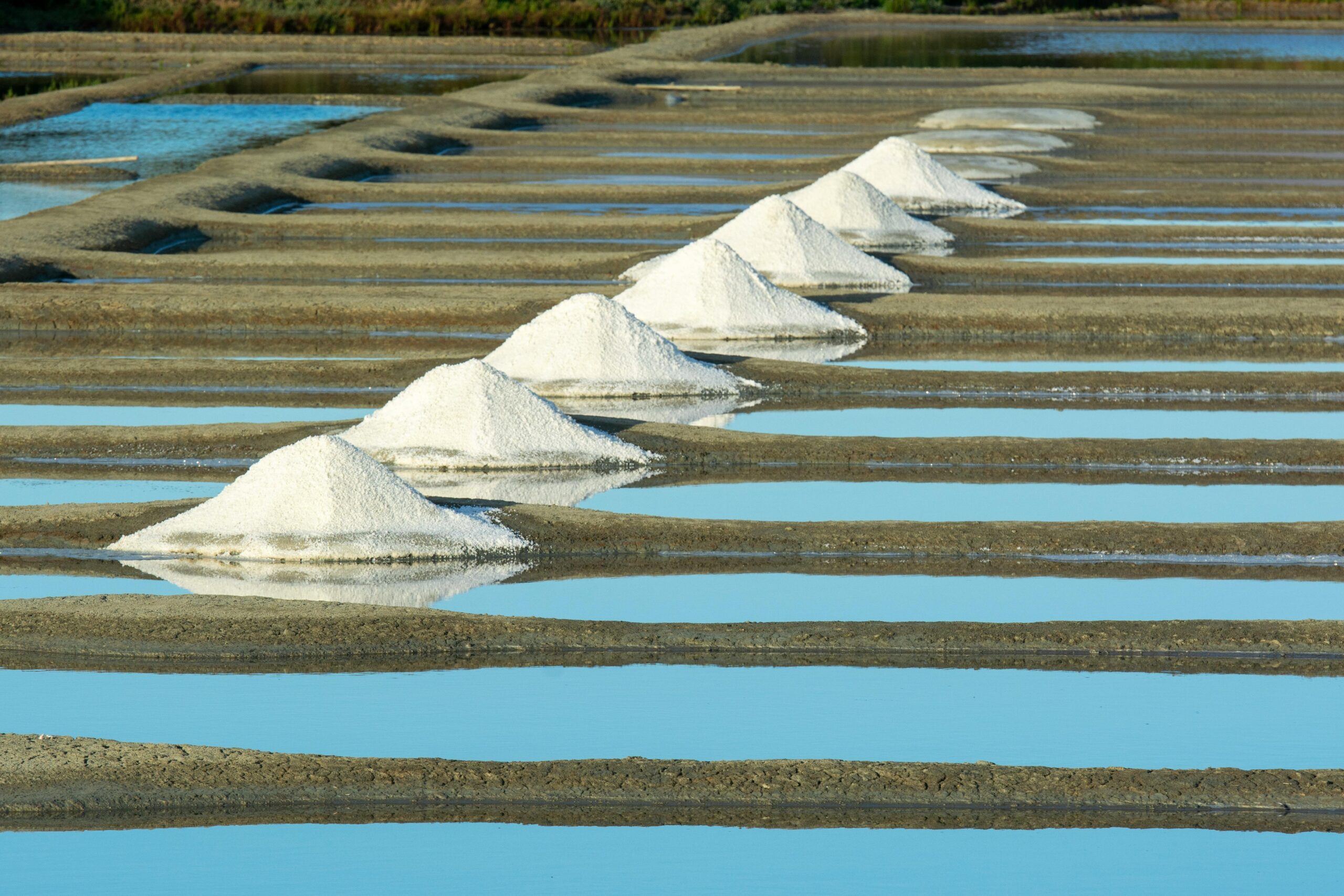Now Reading: The 400-Year-Old Salt-Making Process in Goa
-
01
The 400-Year-Old Salt-Making Process in Goa
The 400-Year-Old Salt-Making Process in Goa

Goa is known for its beaches and tourism, but hidden in its villages is a centuries-old tradition that still survives—the art of making salt. For nearly 400 years, local communities have practiced the age-old craft of producing salt from seawater, a process that continues to define the culture and economy of many Goan families. This traditional industry is more than just livelihood; it is a link to history and heritage.
How the Process Works
The salt-making season begins after the monsoon when salt pans—shallow, clay-lined ponds—are prepared. Seawater is allowed to flow in, and as it evaporates under the sun, layers of salt crystals form. Workers then harvest the salt manually using wooden rakes and baskets. This natural process requires skill, patience, and physical effort, as every step is done by hand.
A Community Tradition
The craft has been passed down through generations, especially among traditional salt-making families in villages like Agarvaddo, Parcem, and others. For many, the activity is seasonal, providing income between February and May before the rains return. Beyond economics, salt-making has a cultural place in Goan identity, with local communities proud to preserve the tradition despite modern challenges.
Struggles Against Change
Over the years, the number of salt pans has reduced due to urbanization, land-use changes, and declining interest among younger generations. Many find the work too labor-intensive compared to modern jobs. Rising costs and lack of recognition have also made it difficult for traditional salt workers to sustain themselves. Yet, some initiatives aim to protect these salt pans, both for heritage and for their role in Goa’s ecological balance.
Relevance for Today
For people in Tier 2 cities and smaller towns across India, Goa’s salt-making story highlights the importance of preserving local traditions while adapting to modern life. It is a reminder that industries powered by community and nature can still hold value in today’s economy.
Keeping the Heritage Alive
The 400-year-old salt-making process in Goa is not just about producing a kitchen staple—it is about resilience, identity, and connection to the land. Whether it survives another century will depend on how the state and its people value tradition alongside progress. For now, the salt pans of Goa continue to shine under the sun, carrying forward a history that refuses to fade.
























